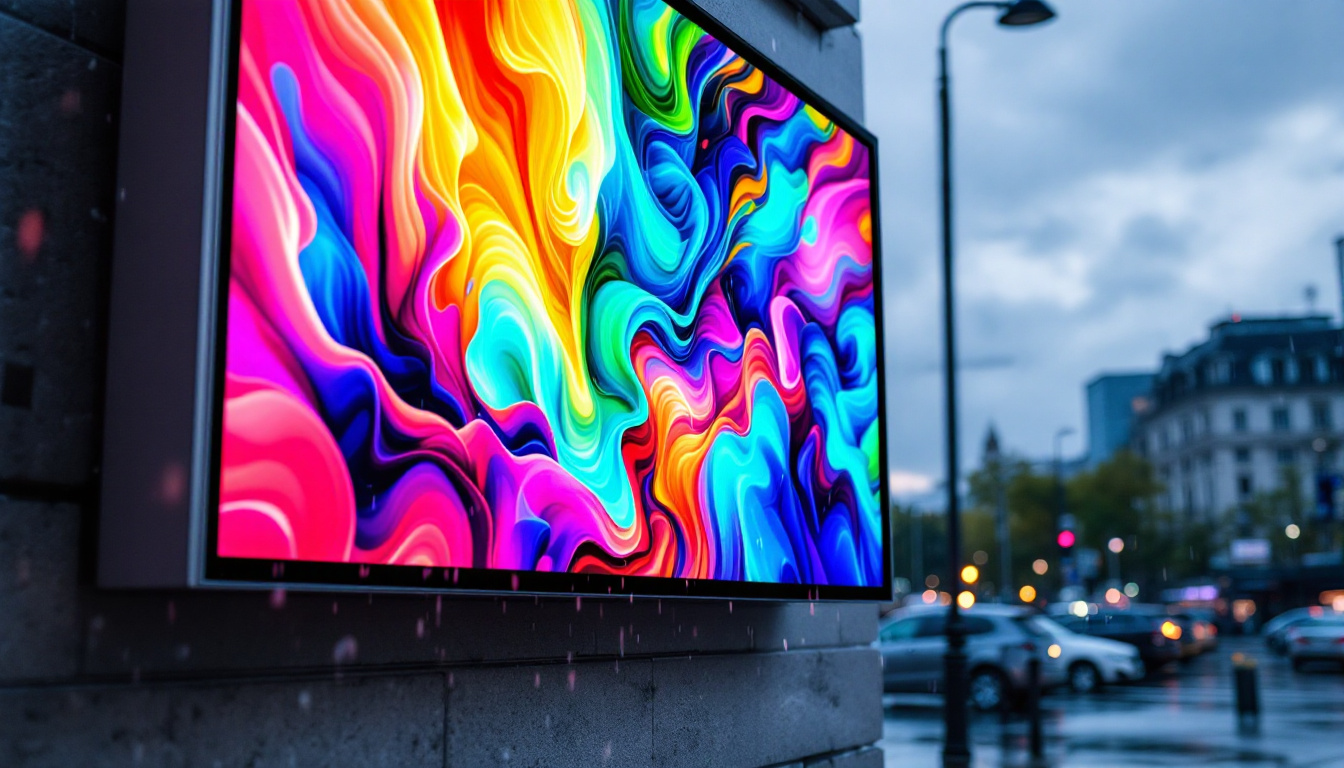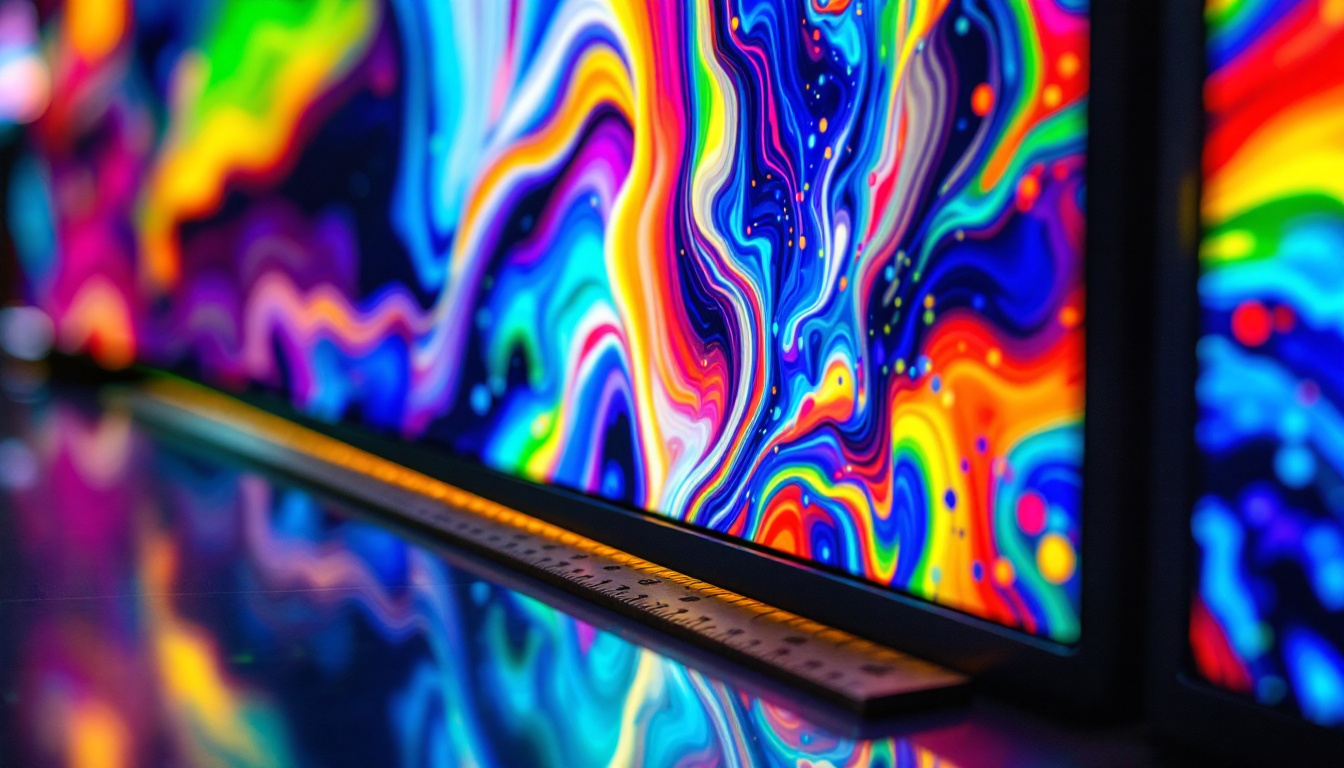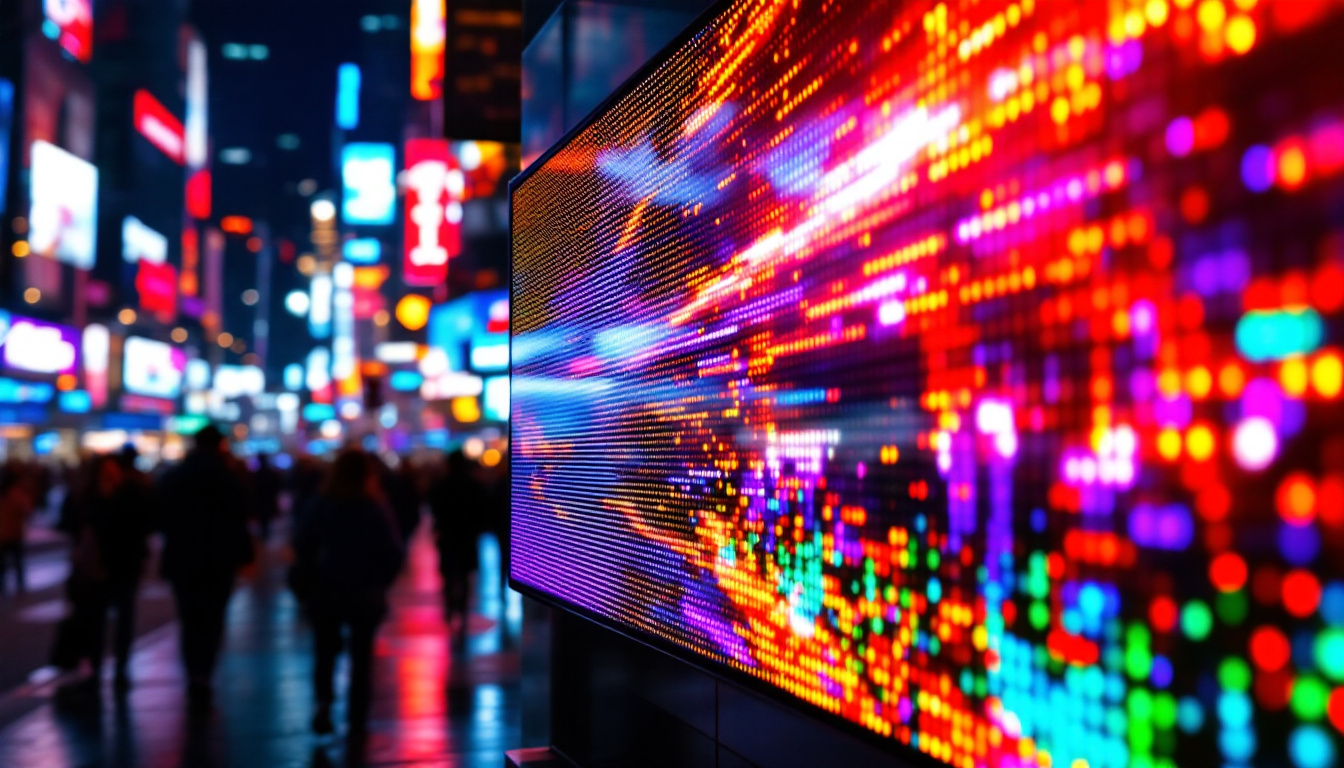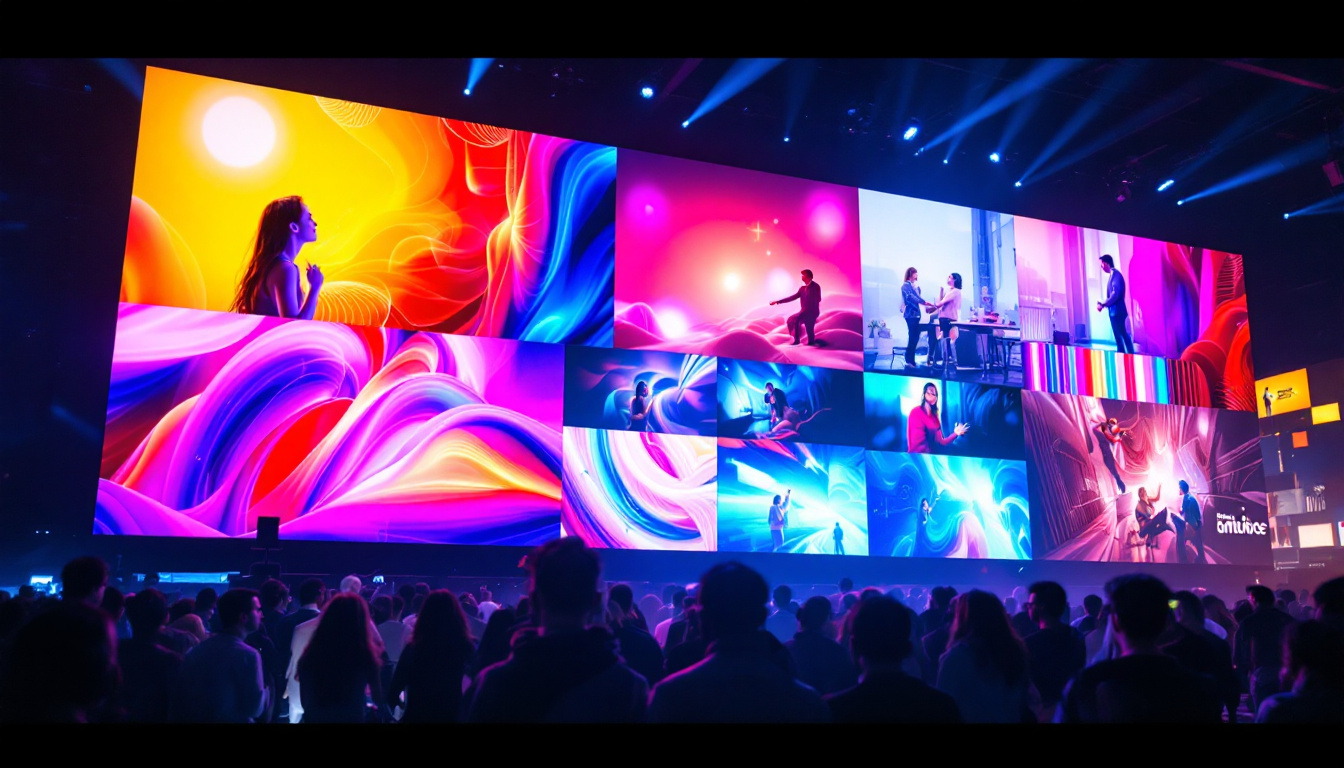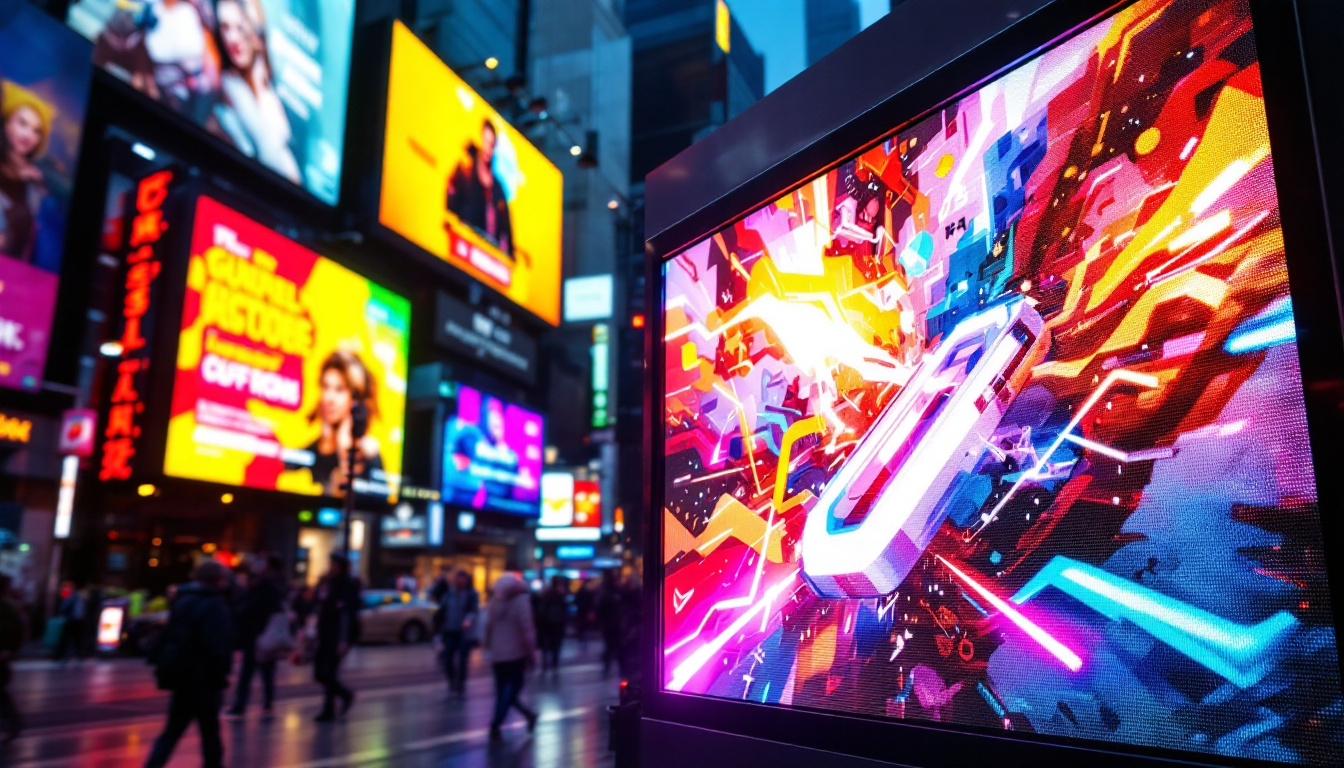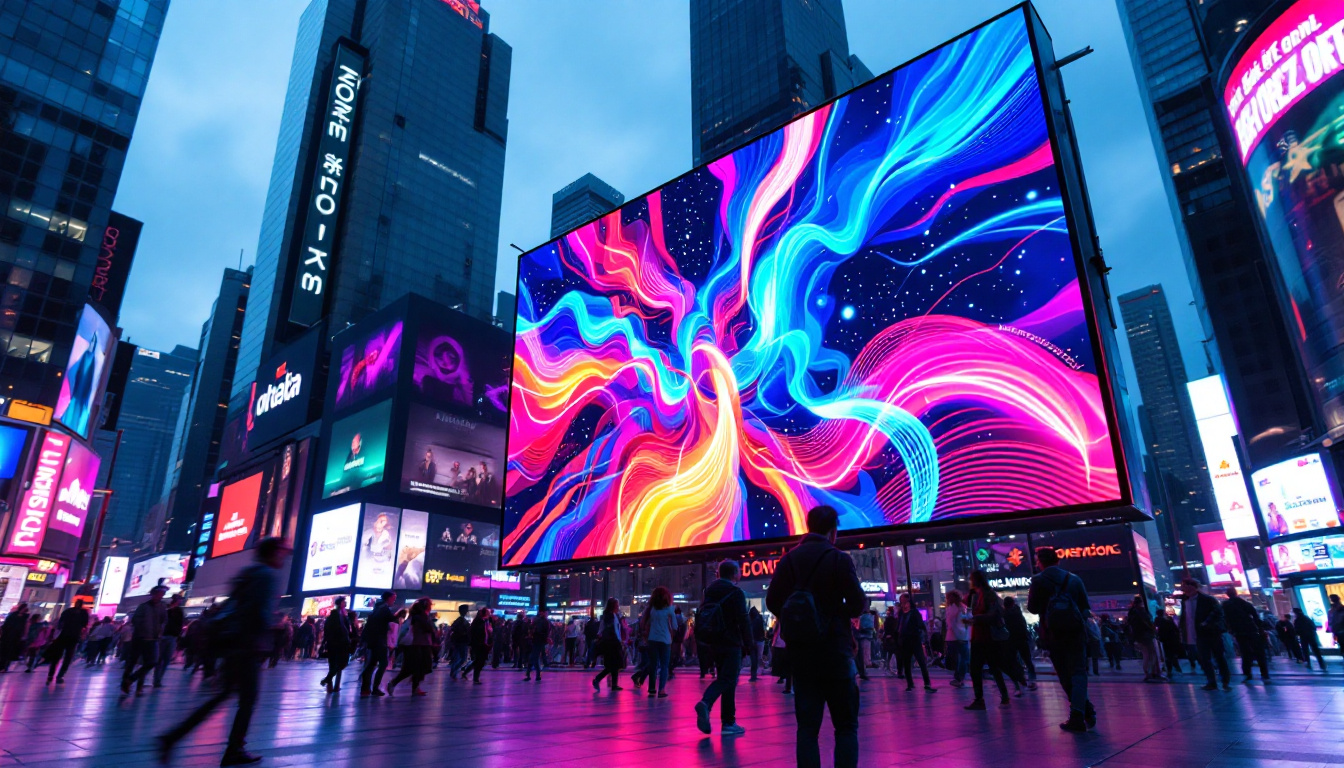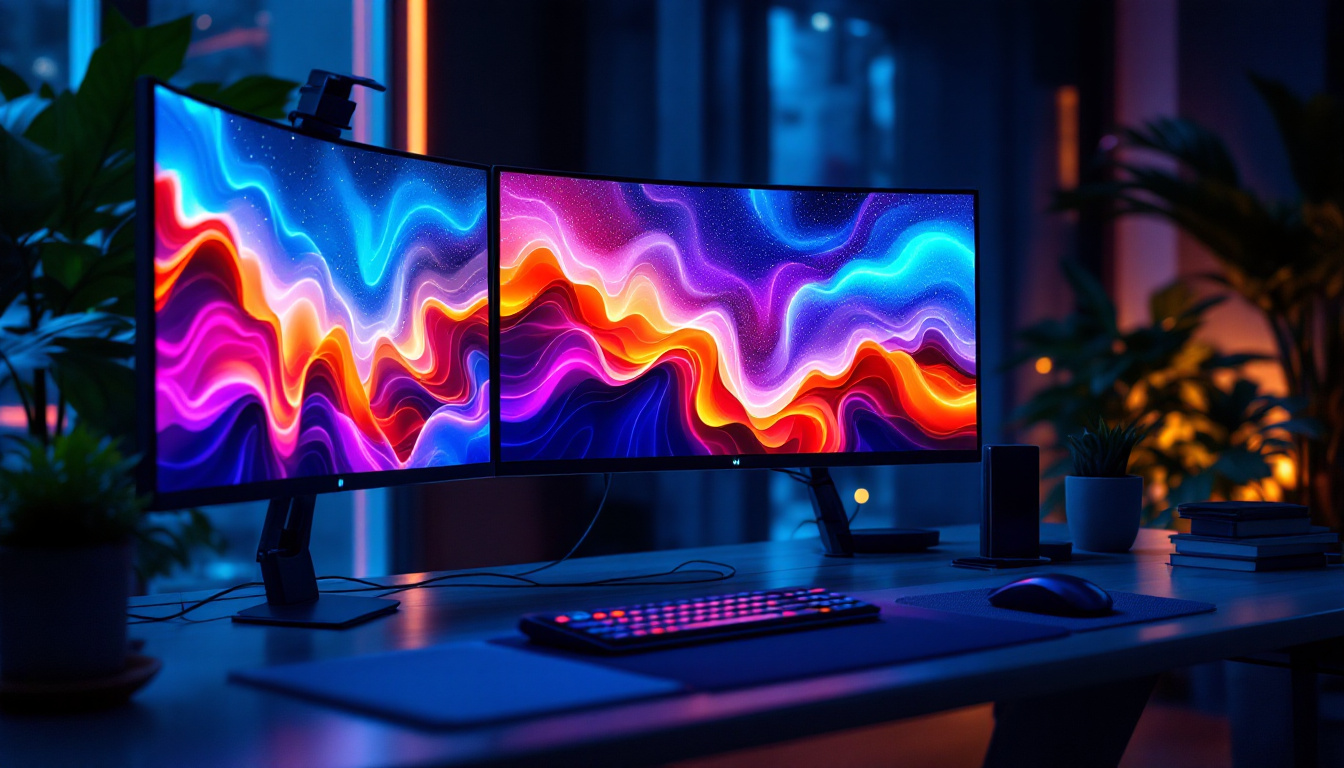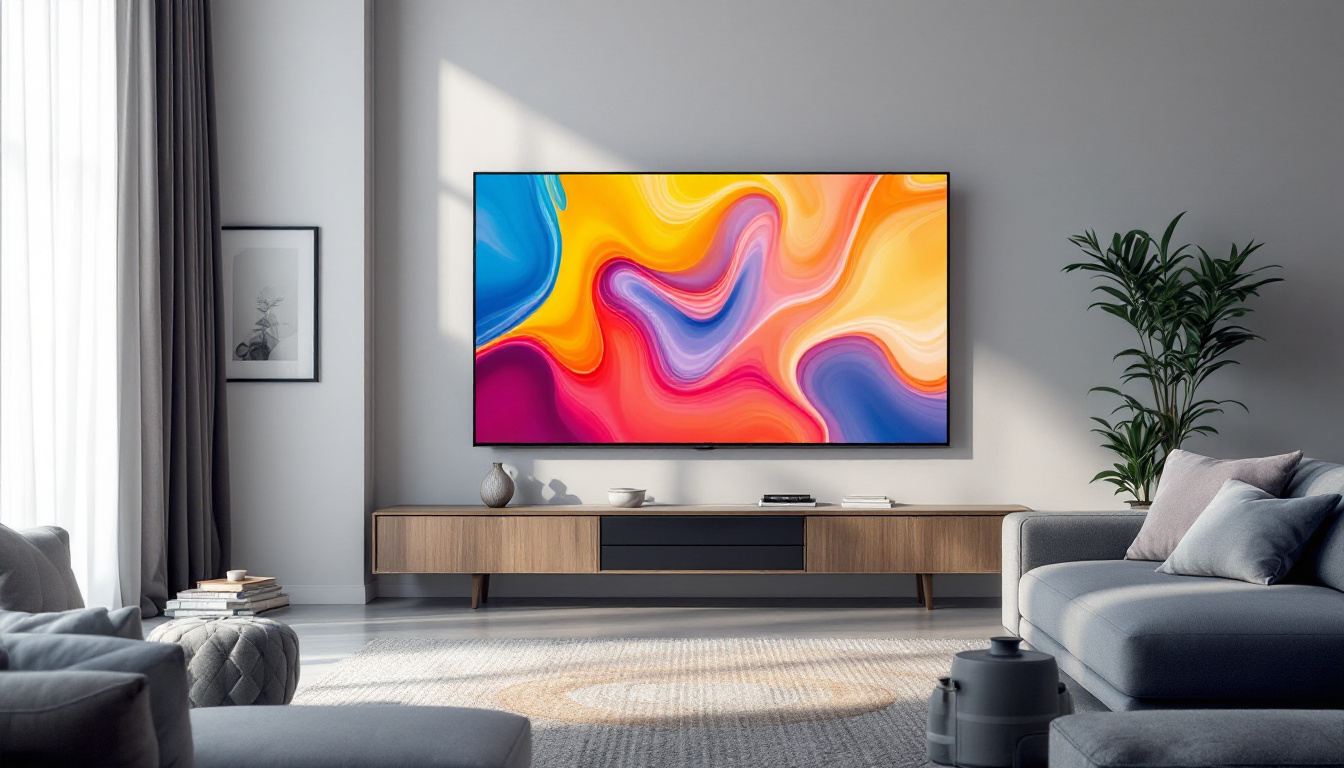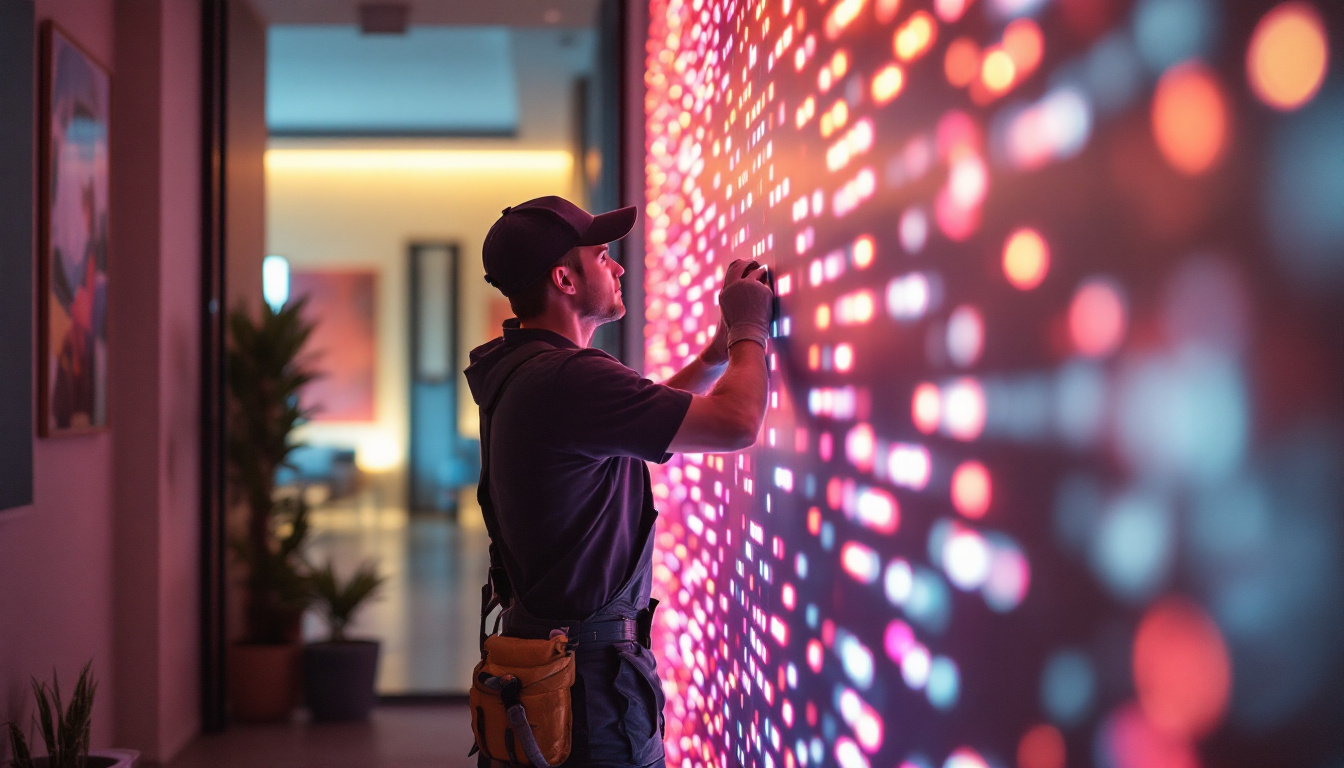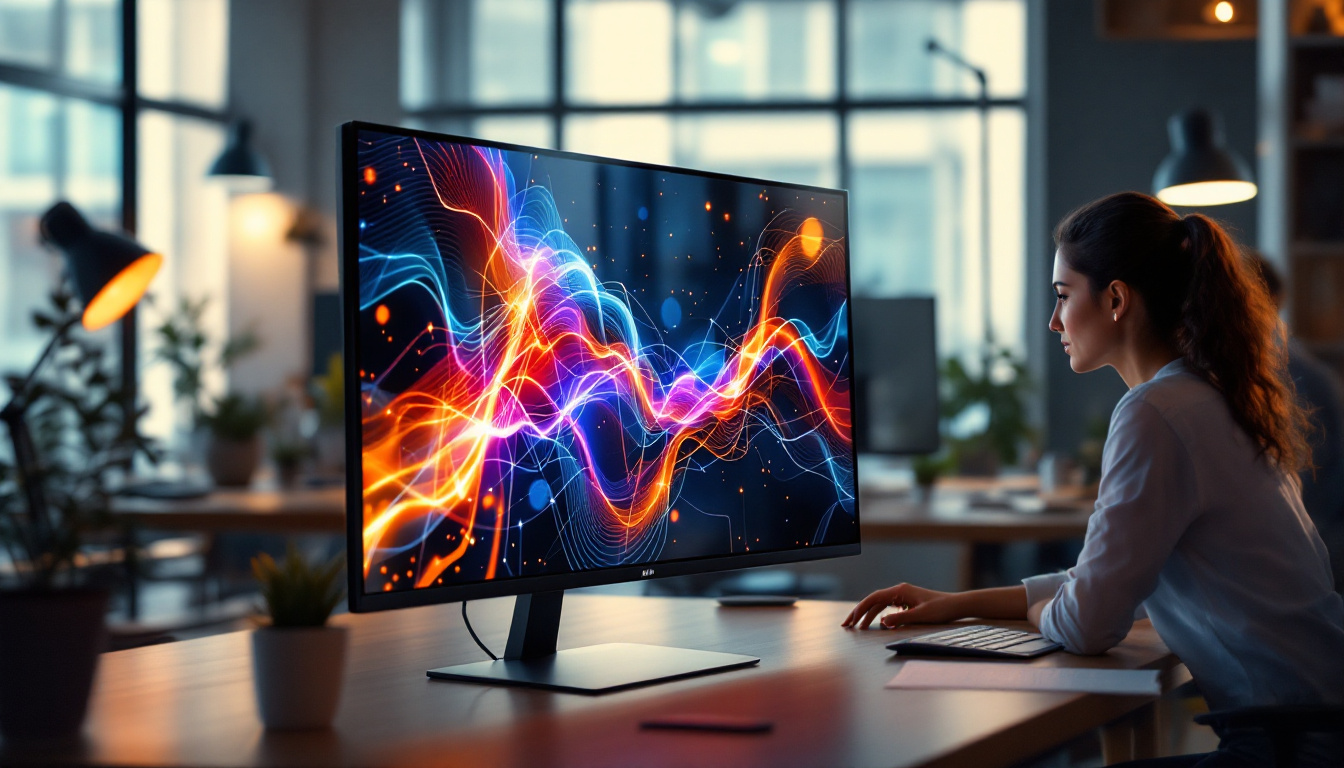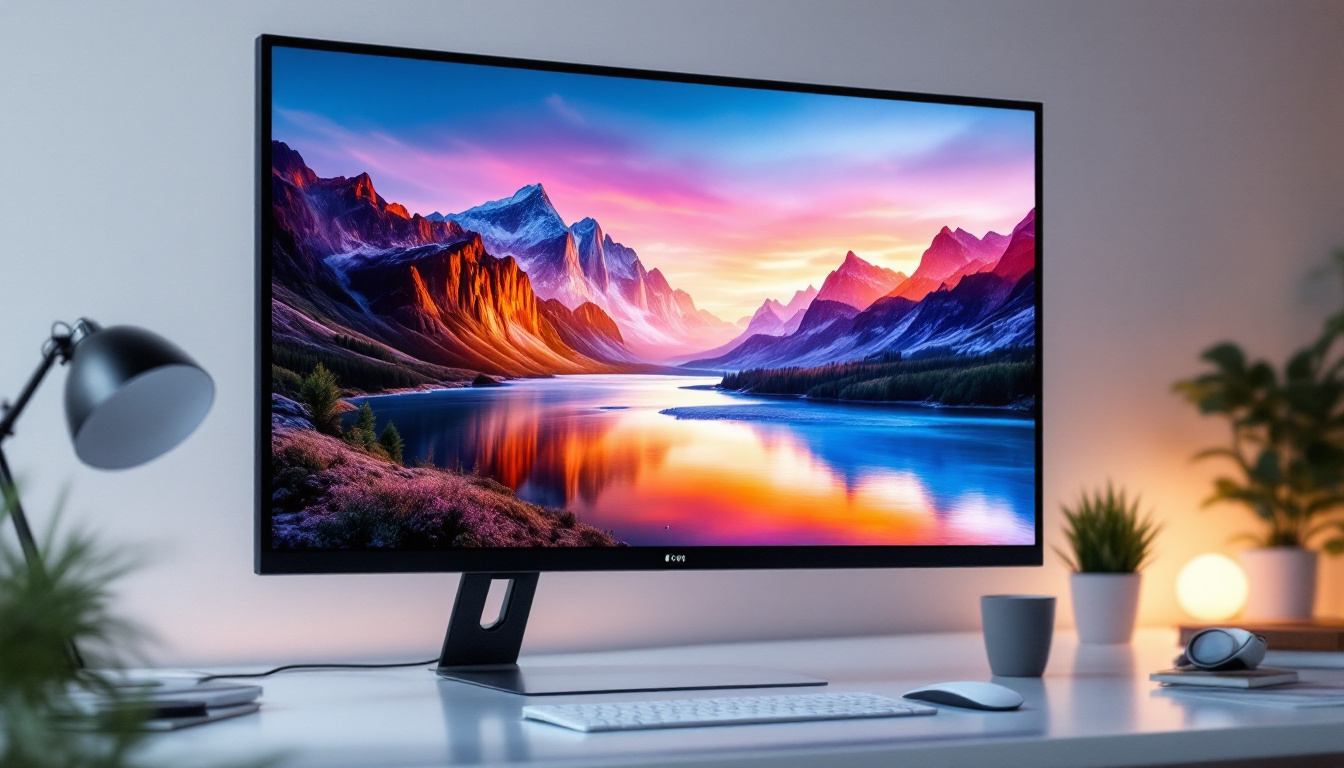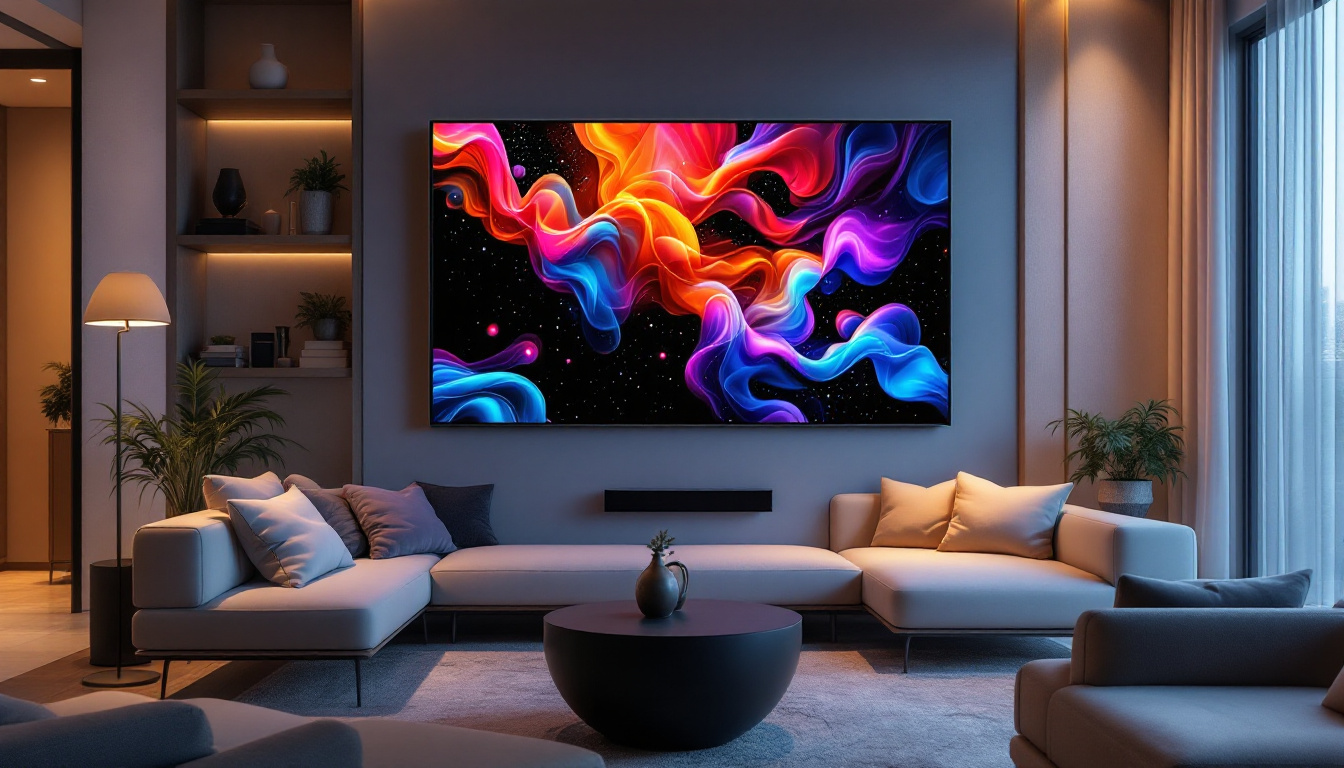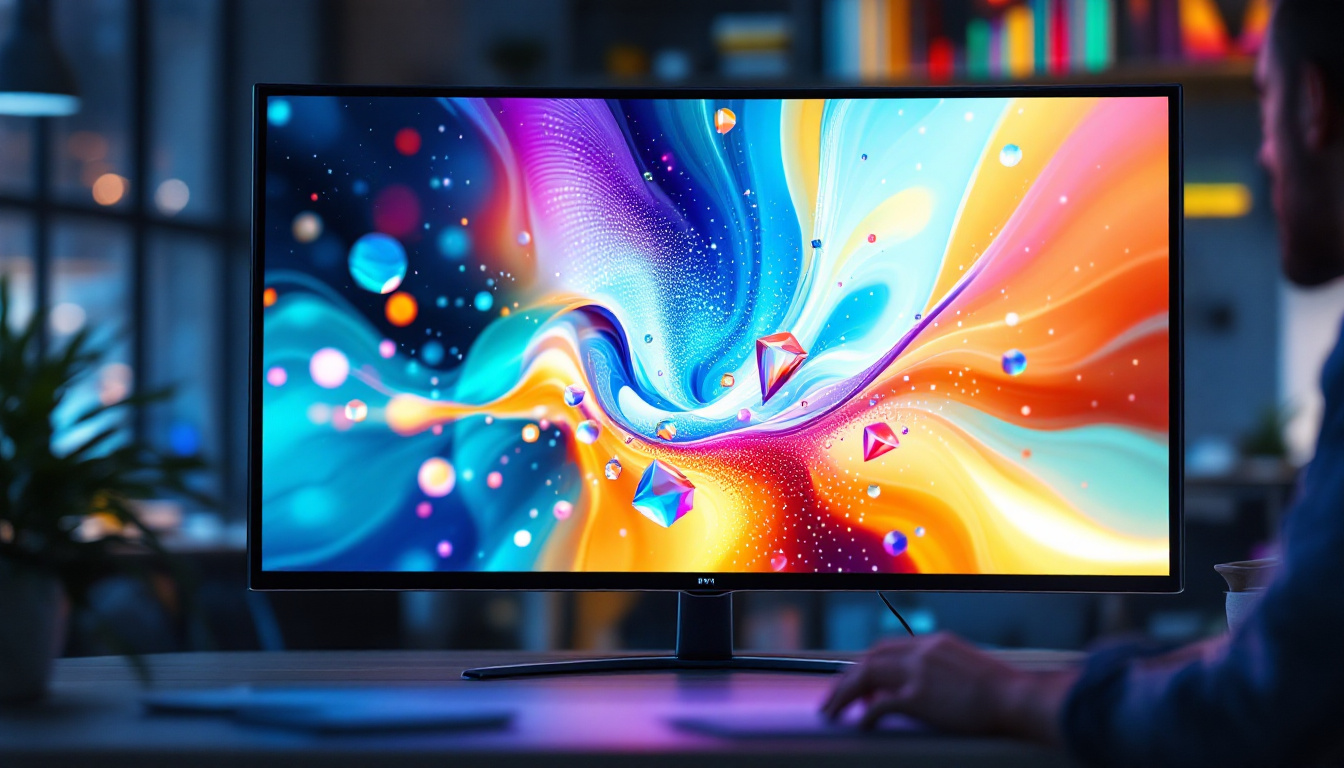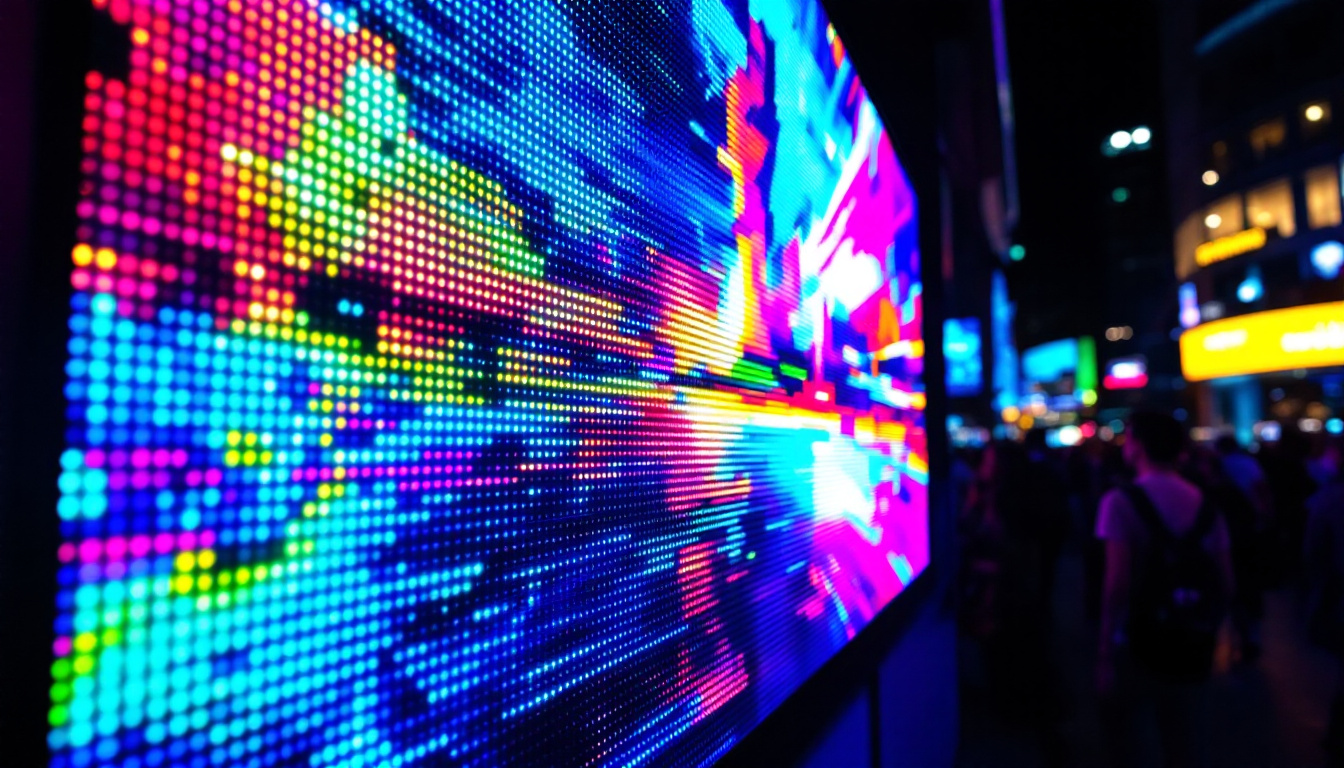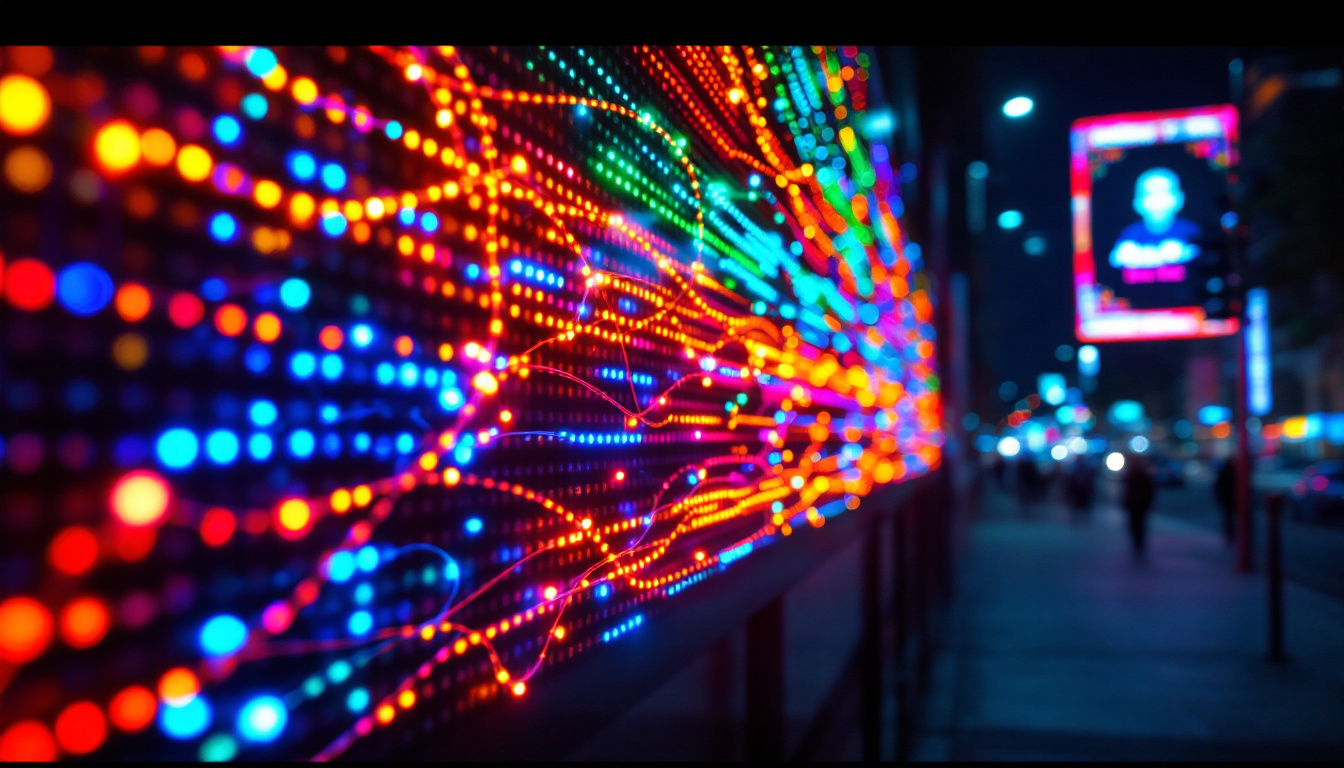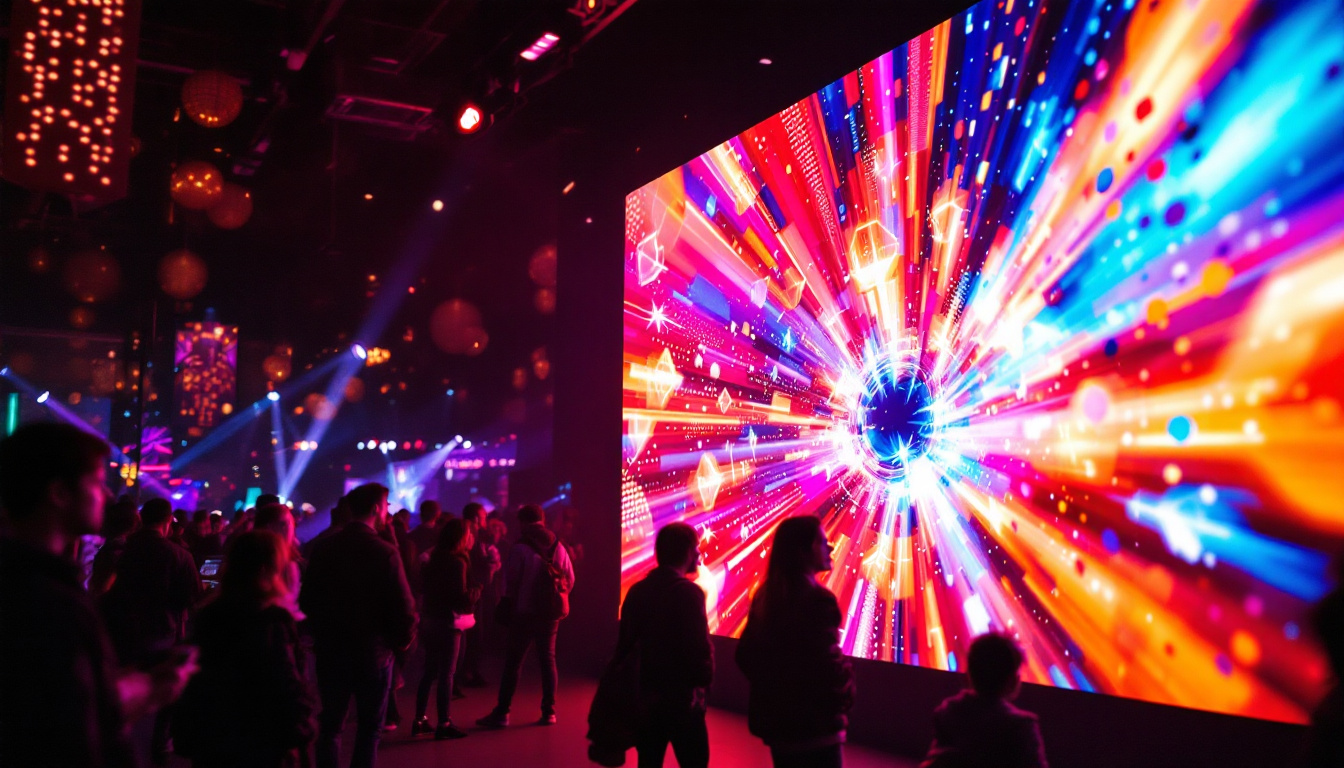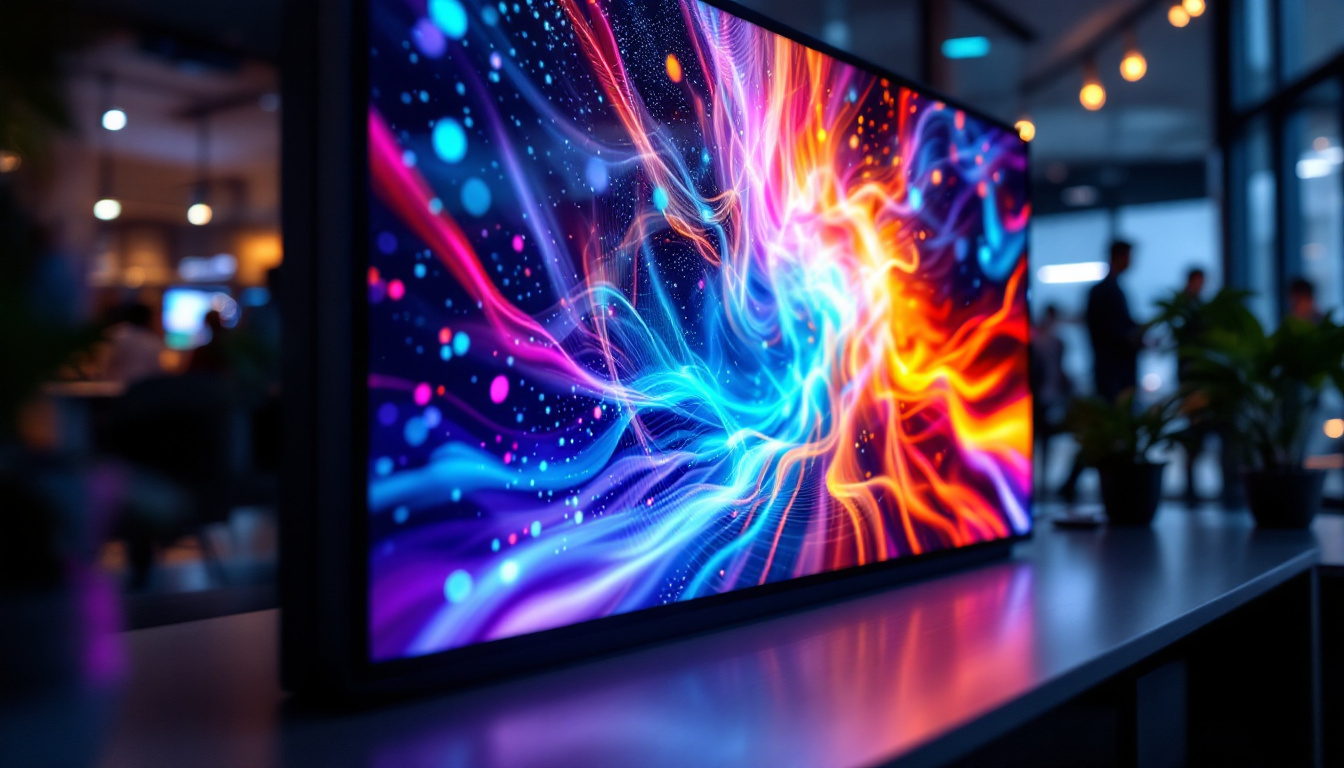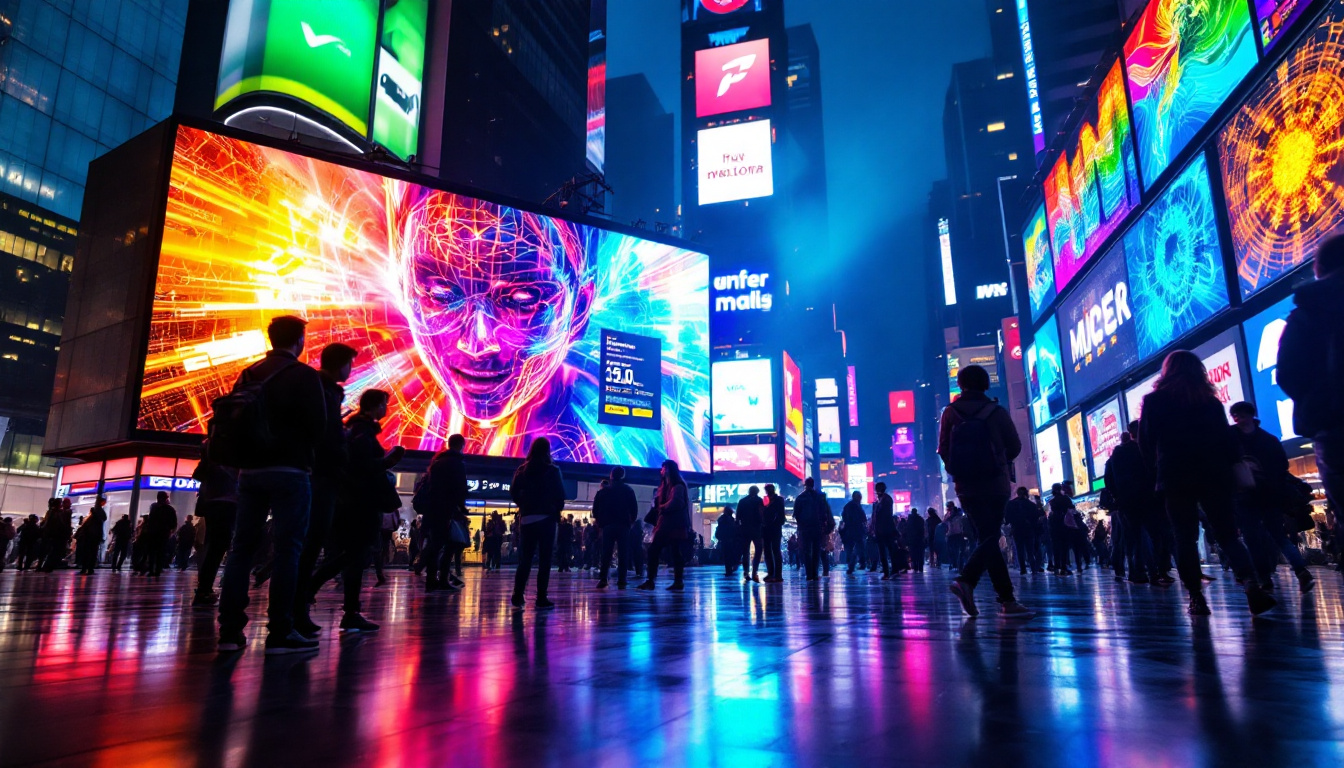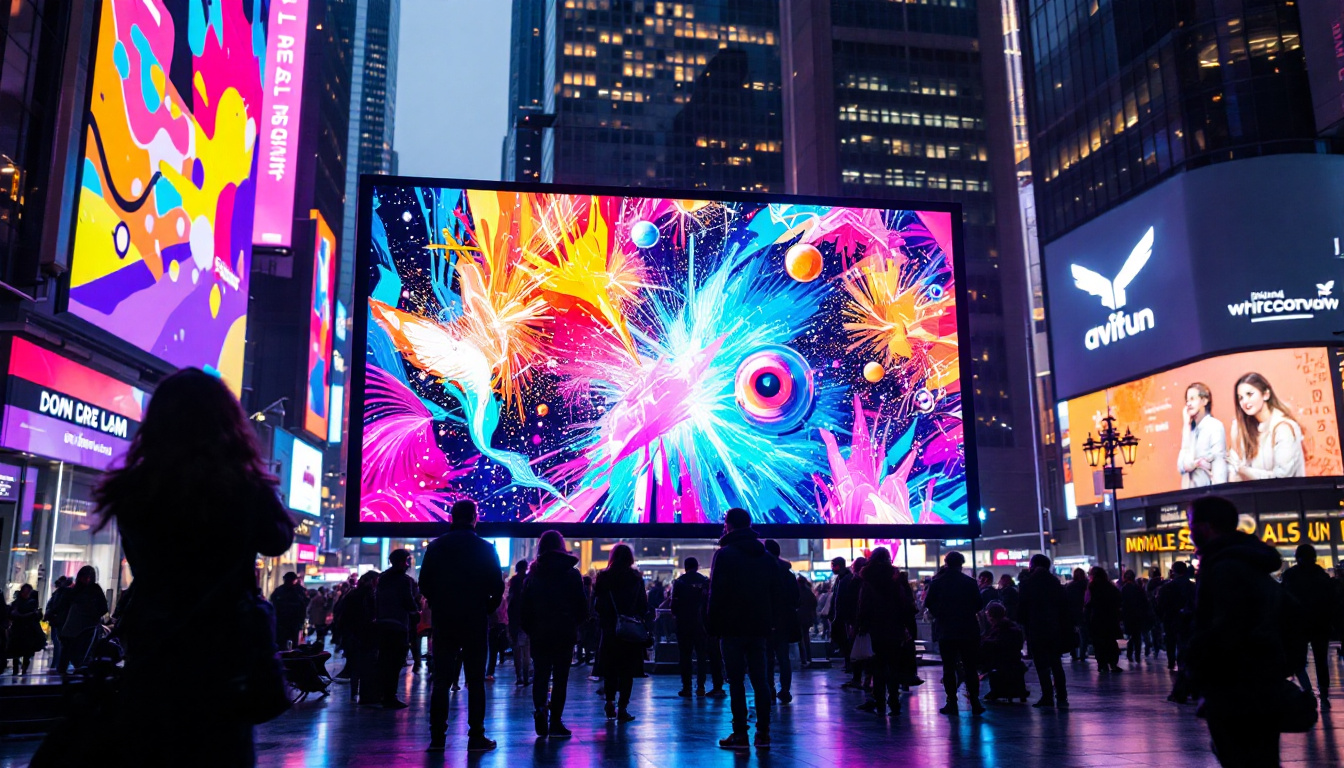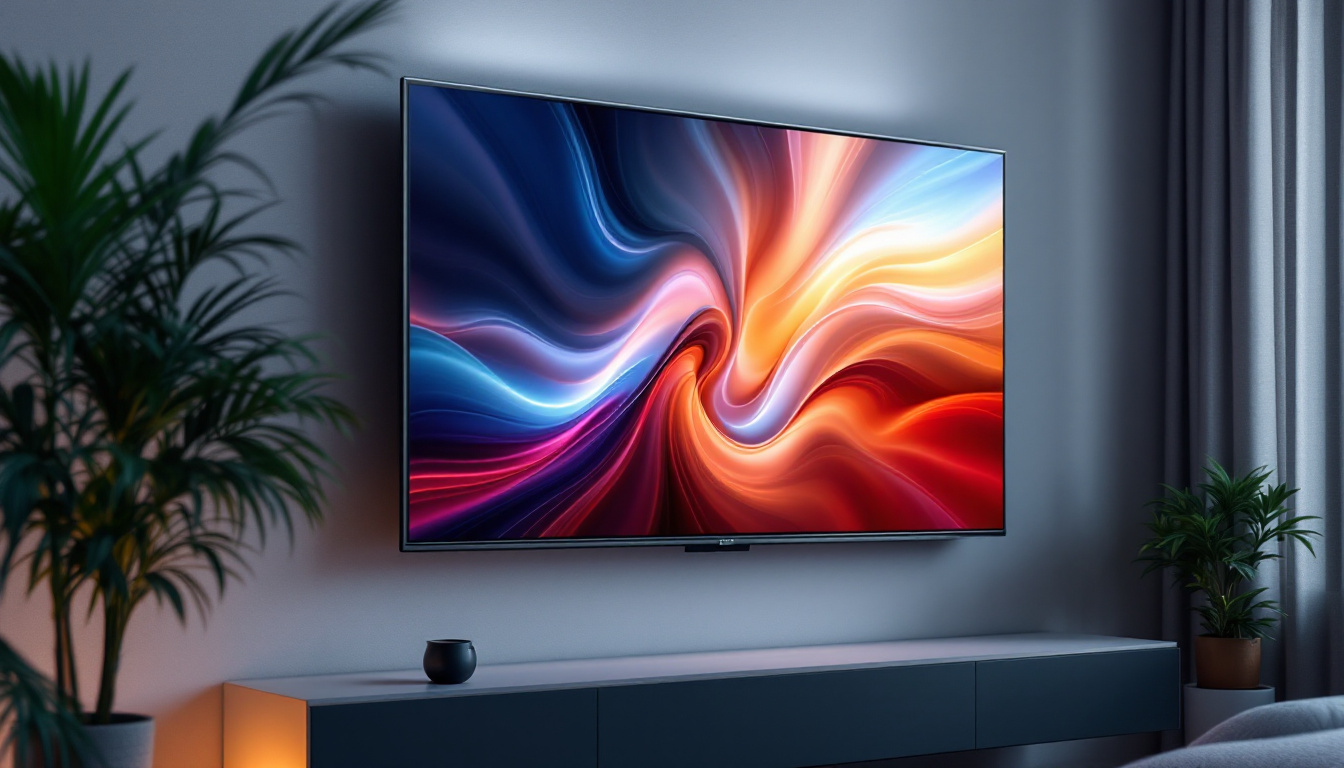In an age where visual communication is paramount, LED displays have emerged as a powerful tool for businesses, organizations, and events. Among the various sizes and types of displays available, a 3′ x 5′ weatherproof LED board stands out for its versatility and effectiveness. This article delves into the features, benefits, and applications of these displays, providing a comprehensive understanding of their role in modern communication.
Understanding LED Display Technology
LED, or Light Emitting Diode, technology has revolutionized the way information is presented. Unlike traditional display methods, LED displays offer vibrant colors, high brightness, and energy efficiency. The fundamental principle behind LED displays is the use of semiconductor materials that emit light when an electric current passes through them. This technology not only enhances visual appeal but also reduces energy consumption, making it a sustainable choice for modern applications.
The Components of LED Displays
An LED display comprises several key components that work together to produce high-quality visuals. These include:
- LED Modules: These are the building blocks of the display, containing multiple LEDs arranged in a grid pattern.
- Controller: This component manages the input signals, converting them into a format that can be displayed on the screen.
- Power Supply: A reliable power supply is crucial for maintaining consistent brightness and performance.
- Enclosure: For outdoor displays, a weatherproof enclosure protects the internal components from environmental factors.
Each of these components plays a vital role in ensuring that the LED display functions effectively, providing clear and engaging visuals in various settings. The integration of advanced technology in these components allows for features such as dynamic content display and real-time updates, which are particularly beneficial for advertising and information dissemination. Moreover, the modular design of LED displays facilitates easy maintenance and scalability, enabling users to expand their display systems as needed.
Types of LED Displays
LED displays come in various types, each designed for specific applications. The most common types include:
- Indoor LED Displays: These are typically used in venues such as theaters, shopping malls, and conference rooms.
- Outdoor LED Displays: Designed to withstand harsh weather conditions, these displays are ideal for billboards, sports arenas, and public events.
- Transparent LED Displays: These innovative displays allow light to pass through, making them suitable for storefronts and exhibitions.
Understanding the different types of LED displays is essential when selecting the right one for a particular application, especially when considering factors like visibility, durability, and environmental conditions. Additionally, there are specialized LED displays, such as flexible LED screens that can be curved or shaped to fit unique spaces, and high-definition LED displays that offer superior image quality for critical viewing environments. As technology advances, the possibilities for LED displays continue to expand, leading to exciting new applications in advertising, entertainment, and information sharing.
The Advantages of a Weatherproof LED Display
A 3′ x 5′ weatherproof LED display offers numerous advantages that make it an attractive option for both indoor and outdoor use. These advantages include:
Durability and Longevity
Weatherproof LED displays are built to last. They are designed to withstand extreme temperatures, humidity, rain, and even snow. The robust materials used in their construction ensure that they remain operational even in challenging conditions. This durability translates to a longer lifespan, reducing the need for frequent replacements and maintenance.
High Visibility
One of the standout features of LED technology is its brightness. Weatherproof LED displays are engineered to deliver exceptional visibility, even in direct sunlight. This high brightness ensures that messages are easily readable from a distance, making them ideal for advertising and informational purposes in busy outdoor environments.
Energy Efficiency
LED displays are known for their energy efficiency. Compared to traditional display technologies, they consume significantly less power while providing superior brightness and clarity. This energy efficiency not only reduces operational costs but also contributes to a smaller carbon footprint, aligning with sustainability goals.
Applications of 3′ x 5′ Weatherproof LED Displays
The versatility of a 3′ x 5′ weatherproof LED display allows it to be used in a wide range of applications. Here are some of the most common uses:
Advertising and Marketing
Businesses utilize weatherproof LED displays to promote their products and services. The ability to change content quickly and easily allows for dynamic advertising campaigns that can adapt to changing market conditions. Whether it’s a retail store showcasing a sale or a restaurant displaying daily specials, these displays capture the attention of passersby and drive engagement.
Event Signage
Outdoor events such as concerts, festivals, and sporting events benefit greatly from weatherproof LED displays. They can be used to provide real-time information, such as schedules, directions, and safety announcements. The vibrant visuals ensure that attendees are informed and engaged, enhancing the overall experience.
Public Information Systems
Municipalities and organizations use weatherproof LED displays for public information systems. These displays can convey important messages regarding traffic updates, emergency alerts, and community events. Their visibility and reliability make them an essential tool for effective communication in public spaces.
Installation Considerations for Weatherproof LED Displays
Installing a weatherproof LED display requires careful planning and consideration. Key factors to keep in mind include:
Location and Visibility
The location of the display is crucial for maximizing its effectiveness. It should be placed in an area with high foot traffic or visibility to ensure that the intended audience can easily see the content. Additionally, factors such as surrounding lighting conditions and potential obstructions should be evaluated.
Power Supply and Connectivity
Ensuring a reliable power supply is essential for the operation of the display. This includes considering the distance from the power source and any necessary electrical work. Connectivity options, such as Wi-Fi or Ethernet, should also be evaluated to facilitate easy content updates and management.
Weatherproofing and Maintenance
While weatherproof LED displays are designed to withstand the elements, regular maintenance is still necessary to ensure optimal performance. This includes cleaning the display surface, checking for any signs of wear, and ensuring that the enclosure remains sealed against moisture and debris.
Content Management for LED Displays
Effective content management is vital for maximizing the impact of a weatherproof LED display. Here are some strategies to consider:
Dynamic Content Creation
Creating dynamic content that captures attention is essential. This can include animations, videos, and eye-catching graphics. The use of vibrant colors and engaging visuals can significantly enhance viewer engagement and retention.
Scheduling and Automation
Many LED display systems come with built-in scheduling features that allow users to automate content changes. This means that different messages can be displayed at different times of the day, ensuring that the content remains relevant and timely. For example, a retail store might display breakfast specials in the morning and dinner promotions in the evening.
Monitoring and Analytics
Utilizing monitoring tools can provide valuable insights into the performance of the display. Analytics can help determine which messages resonate most with the audience, allowing for data-driven decisions in future content creation. Understanding viewer engagement can ultimately lead to more effective advertising strategies.
Cost Considerations
Investing in a 3′ x 5′ weatherproof LED display involves various costs that should be carefully evaluated. These include:
Initial Purchase Price
The initial purchase price of the display is a significant factor. Prices can vary based on the quality of the display, features, and manufacturer. It’s essential to compare options and consider the long-term benefits of investing in a high-quality display.
Installation Costs
Installation costs can also add to the overall investment. Depending on the complexity of the installation, hiring professionals may be necessary to ensure that the display is set up correctly and safely. This includes electrical work and mounting considerations.
Operational Costs
Operational costs encompass electricity consumption, maintenance, and content management. While LED displays are energy-efficient, it’s important to factor in these ongoing costs when budgeting for the display. Regular maintenance will help prolong the lifespan of the display and ensure optimal performance.
Future Trends in LED Display Technology
The LED display industry is constantly evolving, with new technologies and trends emerging. Some of the most notable trends include:
Advancements in Display Resolution
As technology continues to improve, LED displays are becoming available with higher resolutions. This means crisper images and more detailed visuals, enhancing the overall viewing experience. Higher resolution displays are particularly beneficial for applications requiring intricate graphics and fine text.
Integration with Smart Technology
Smart technology integration is becoming increasingly common in LED displays. Features such as remote management, real-time content updates, and interactive capabilities are enhancing the functionality of these displays. This integration allows for greater flexibility and responsiveness to audience needs.
Sustainability Initiatives
As environmental concerns grow, the LED display industry is focusing on sustainability. This includes using eco-friendly materials, reducing energy consumption, and implementing recycling programs for old displays. Consumers are becoming more conscious of sustainability, making these initiatives crucial for manufacturers.
Conclusion
A 3′ x 5′ weatherproof LED display represents a significant investment in modern communication technology. Its durability, visibility, and versatility make it an invaluable tool for businesses, organizations, and events. By understanding the technology, applications, and future trends, stakeholders can make informed decisions that enhance their communication strategies and engage their audiences effectively.
As the demand for dynamic visual communication continues to grow, the role of weatherproof LED displays will undoubtedly expand, paving the way for innovative applications and enhanced viewer experiences.
Discover LumenMatrix LED Display Solutions
Ready to elevate your visual communication with a weatherproof LED display that promises durability, high visibility, and energy efficiency? Look no further than LumenMatrix, a pioneer in the field of LED display technology. Our extensive range of products, from Indoor and Outdoor LED Wall Displays to innovative LED Transparent Displays, is designed to captivate your audience and amplify your message. Embrace the future of dynamic signage with LumenMatrix and experience the power of cutting-edge LED solutions. Check out LumenMatrix LED Display Solutions today and transform your communication strategy.

